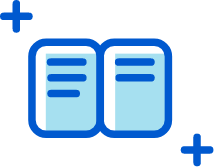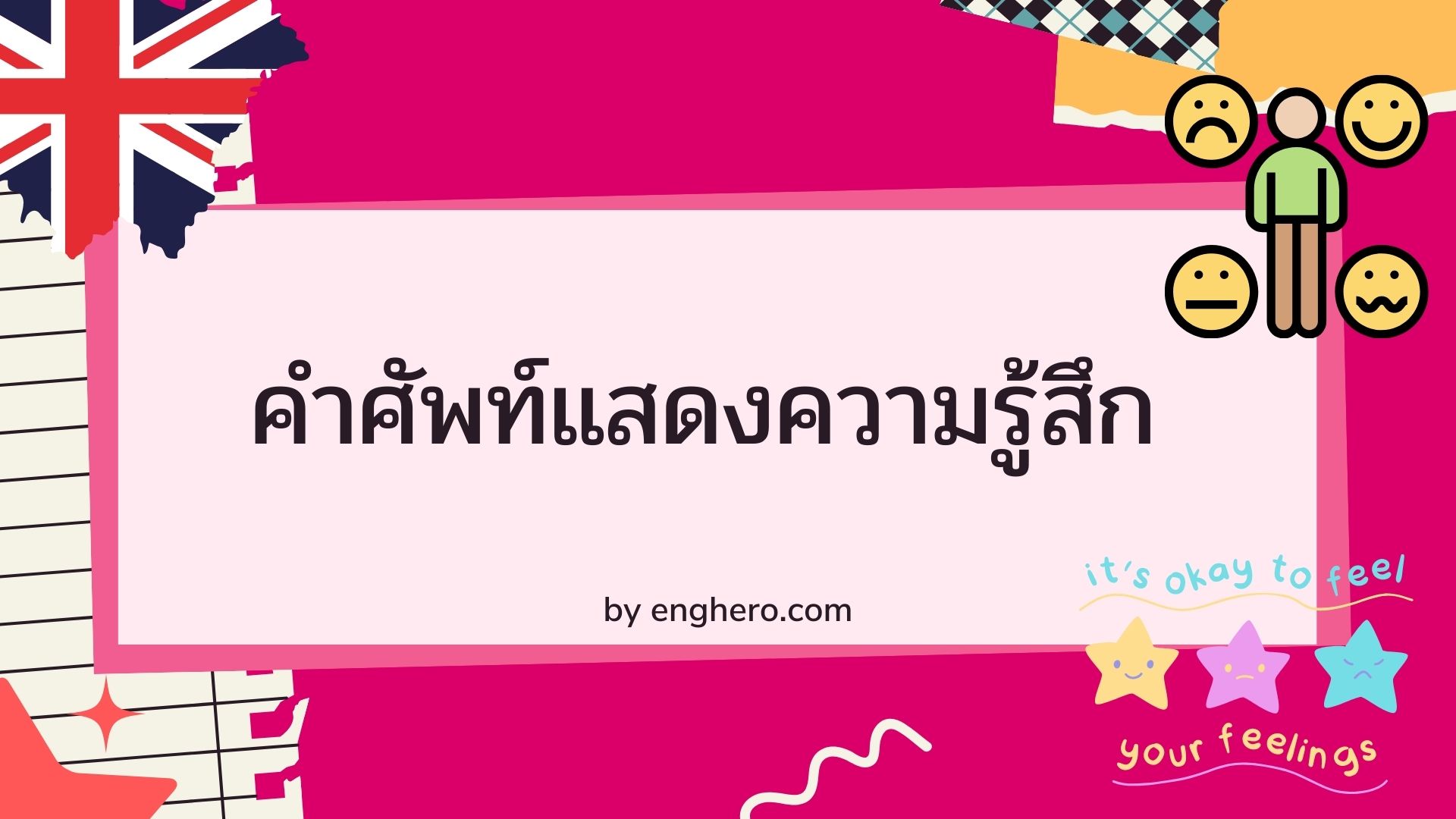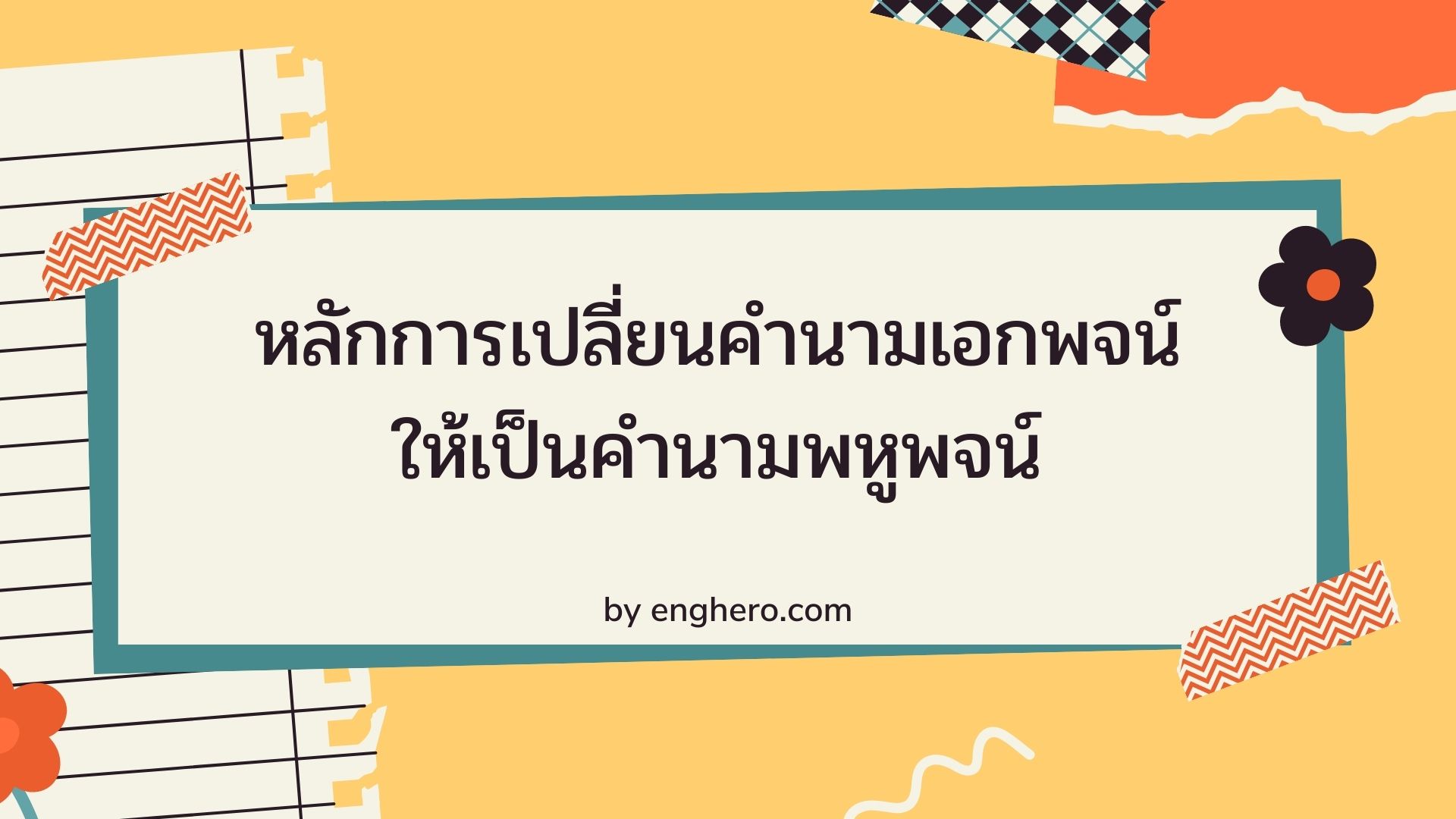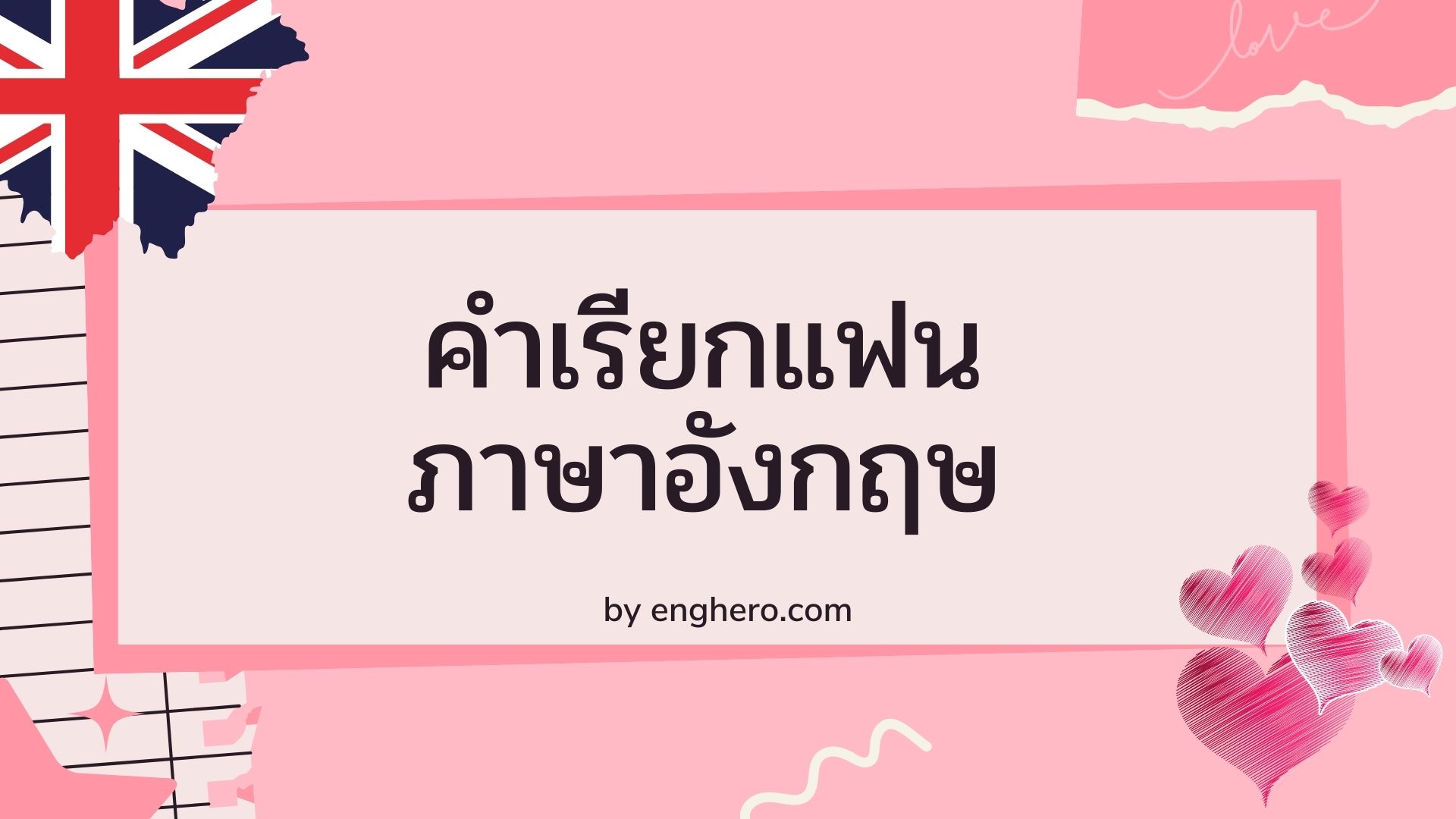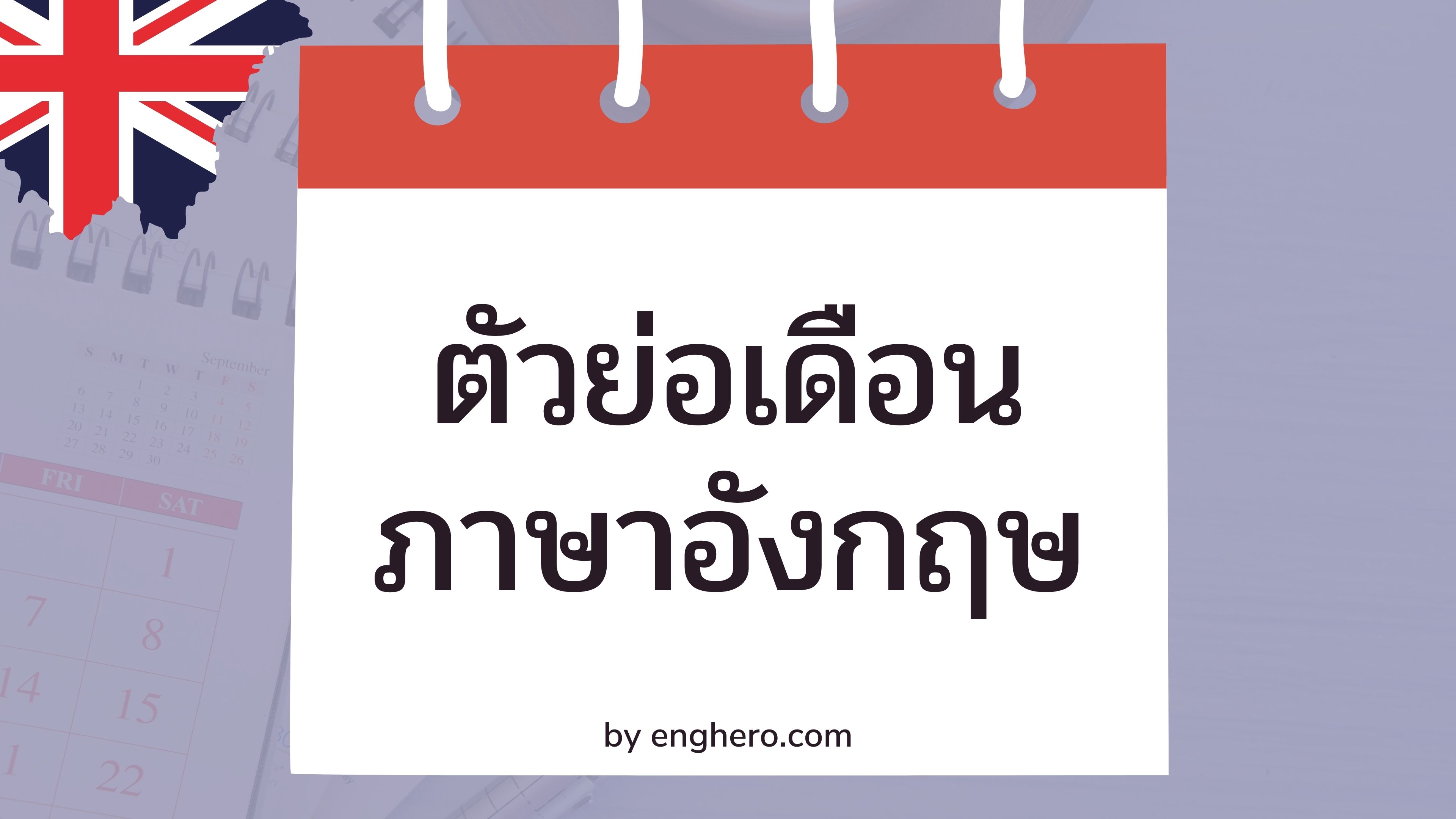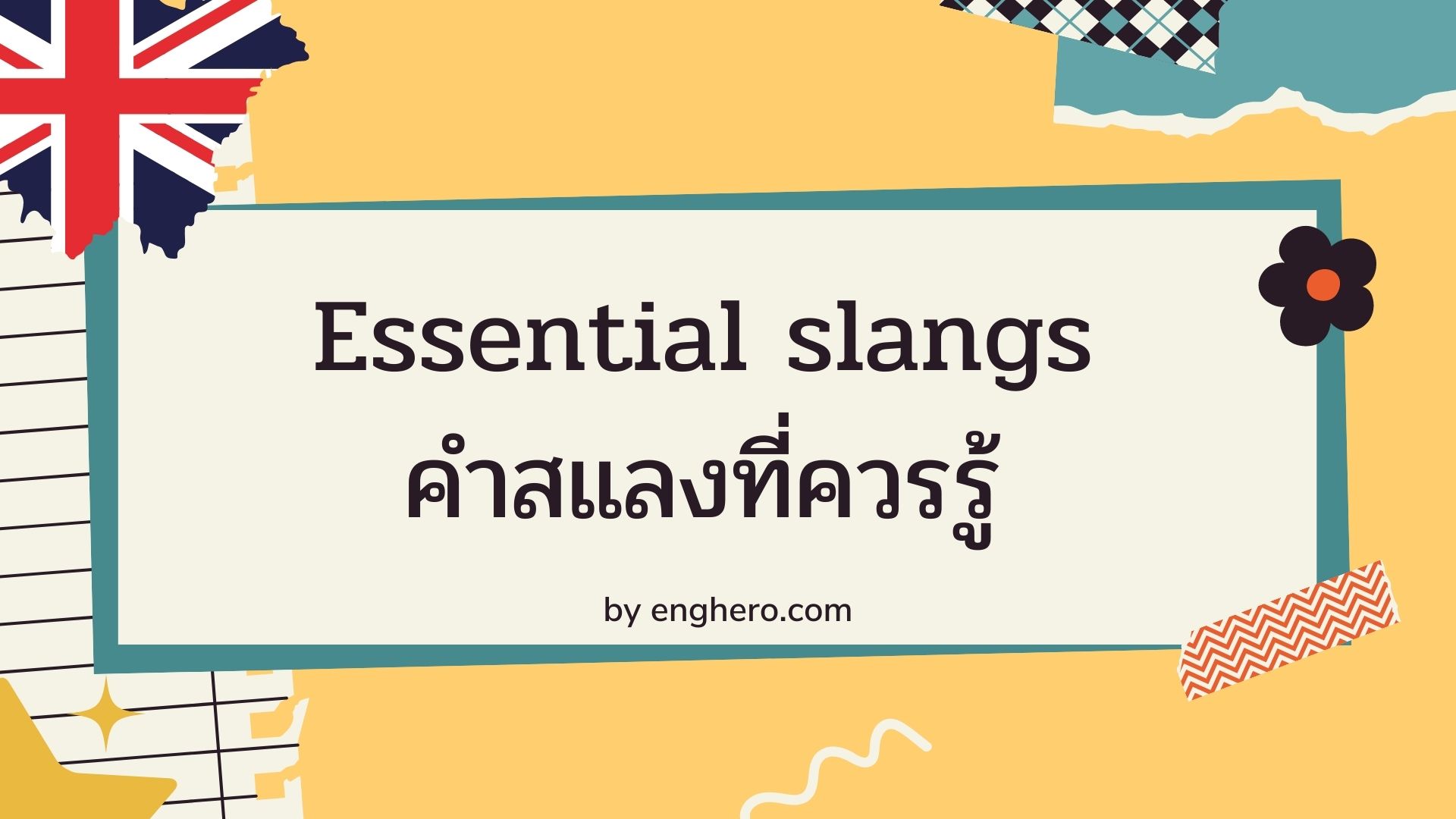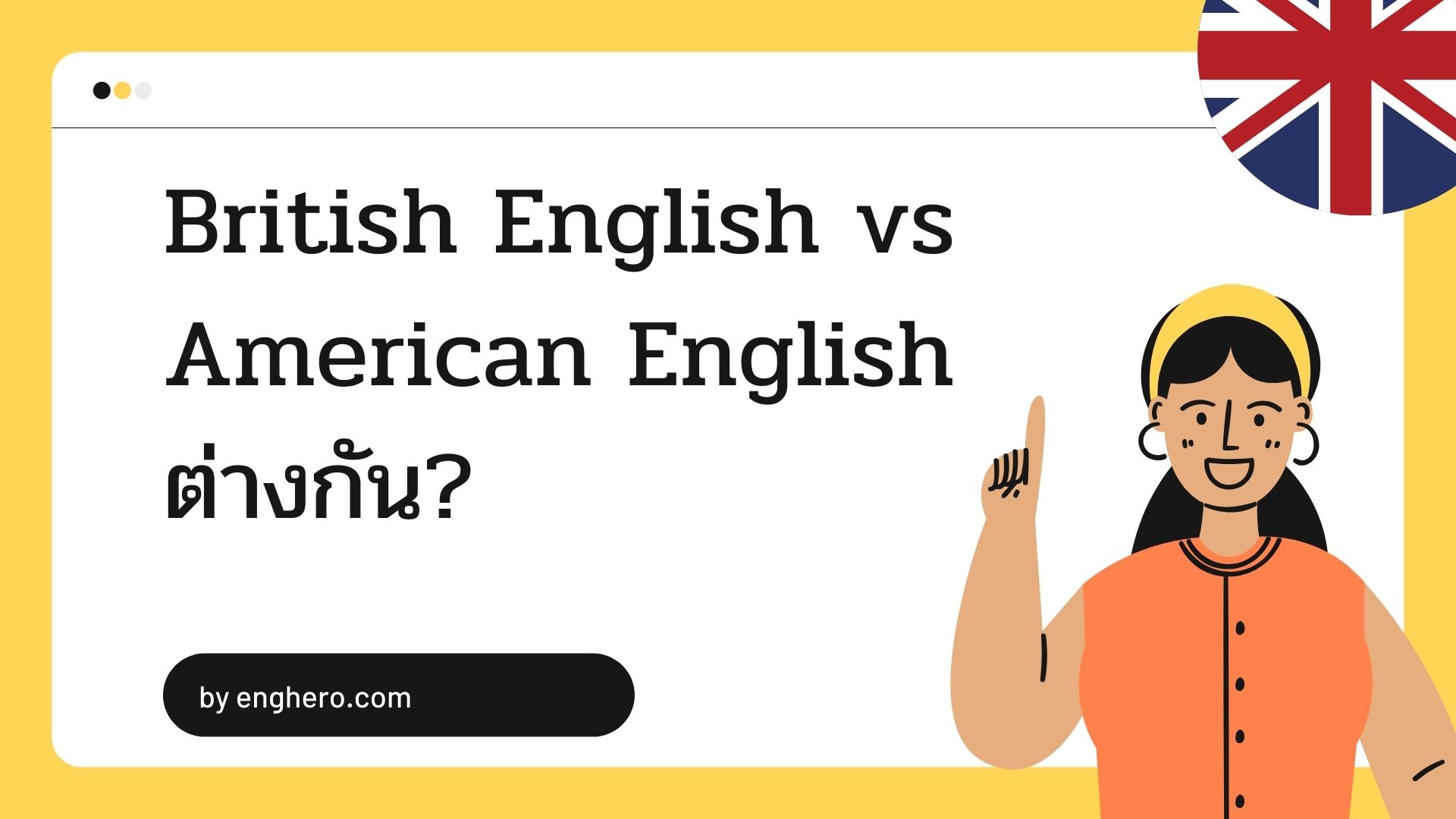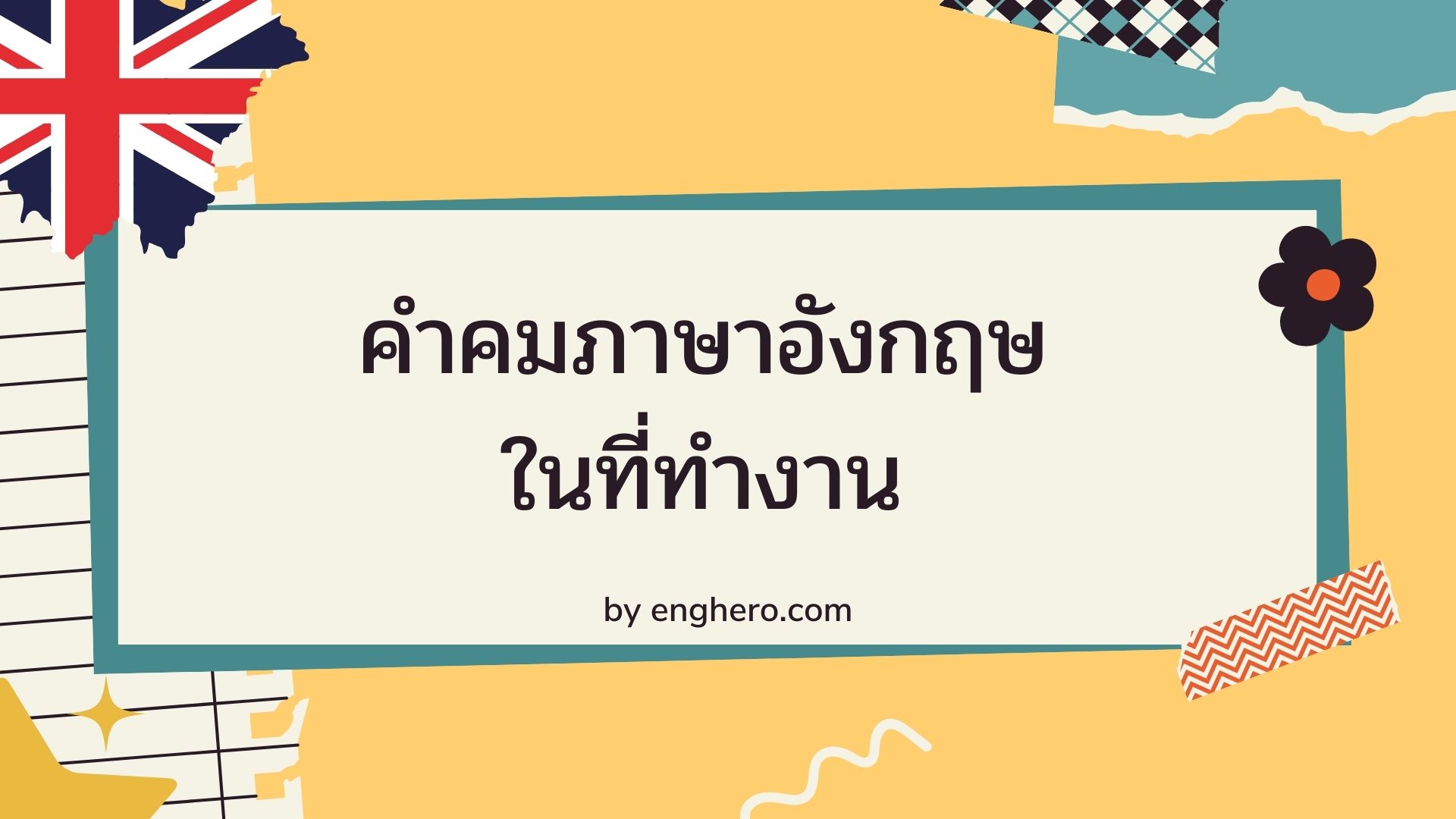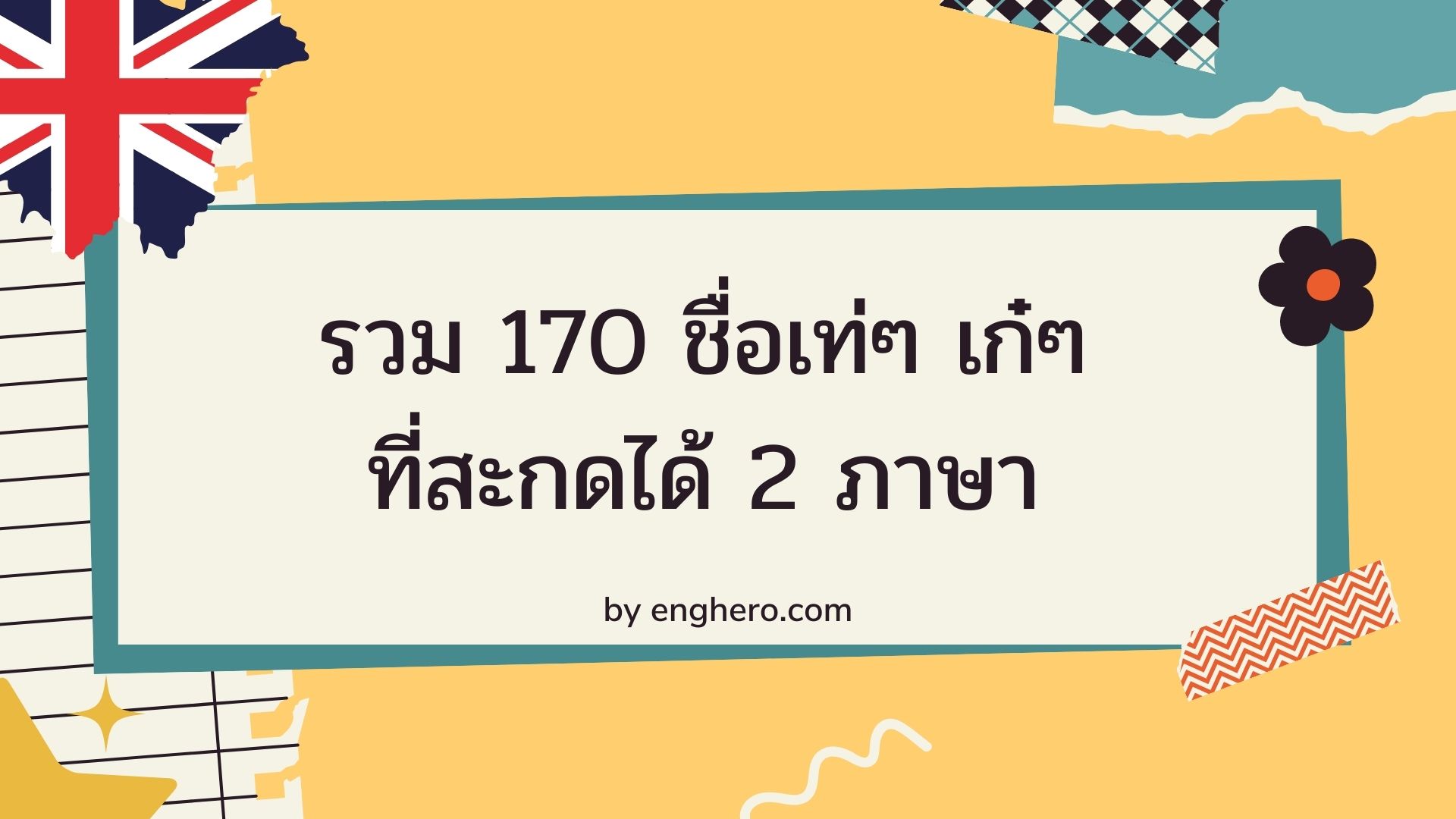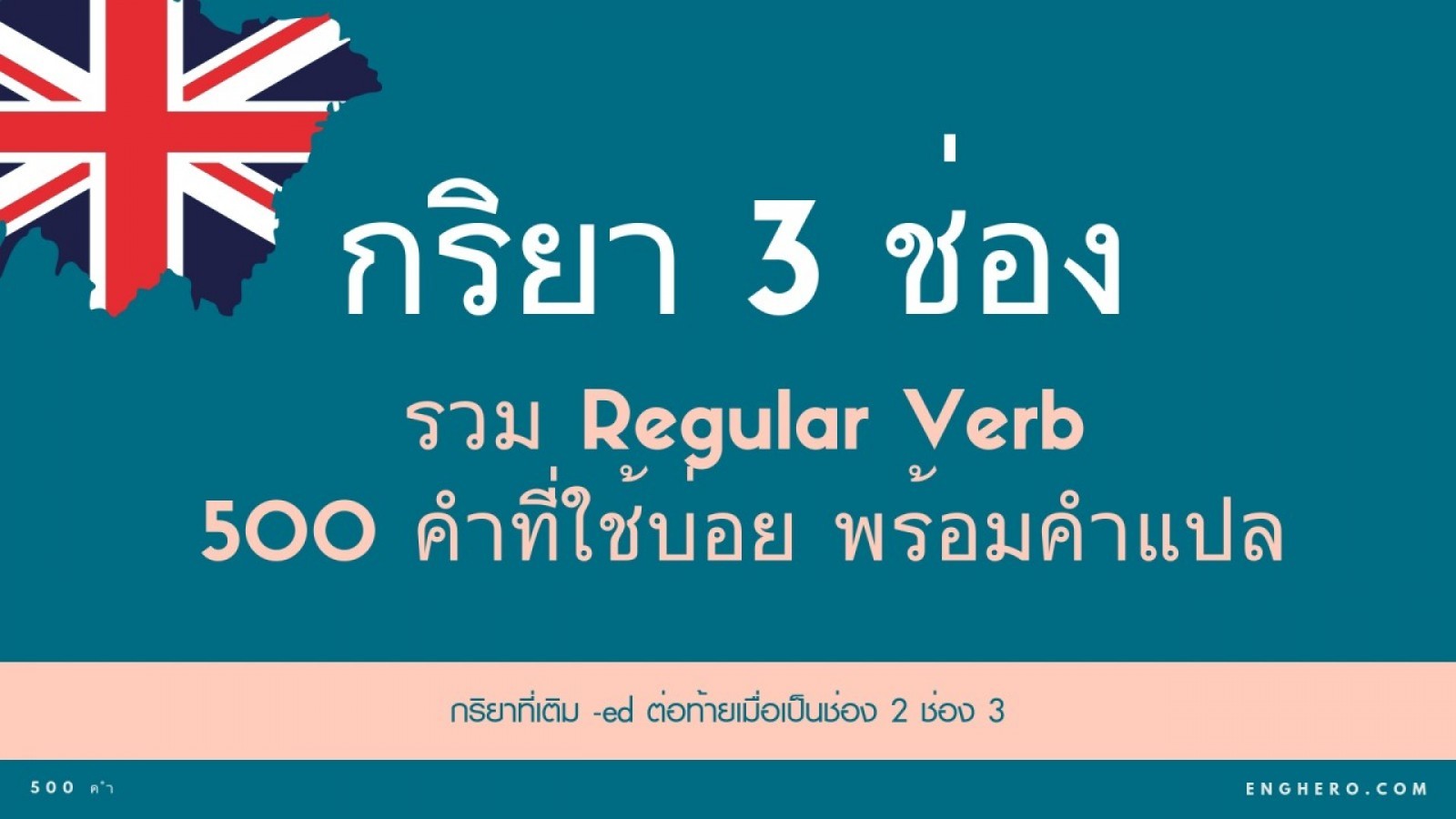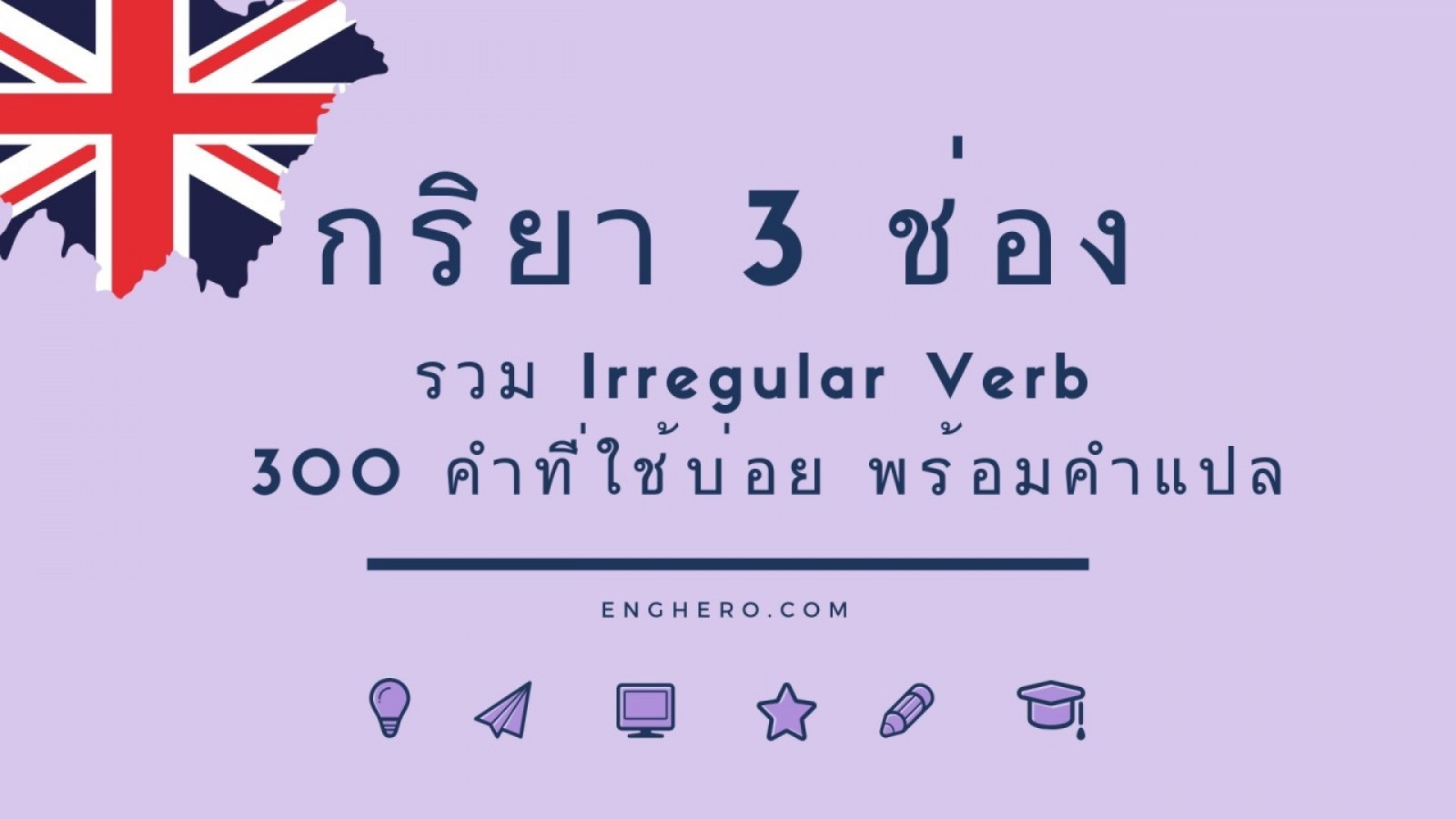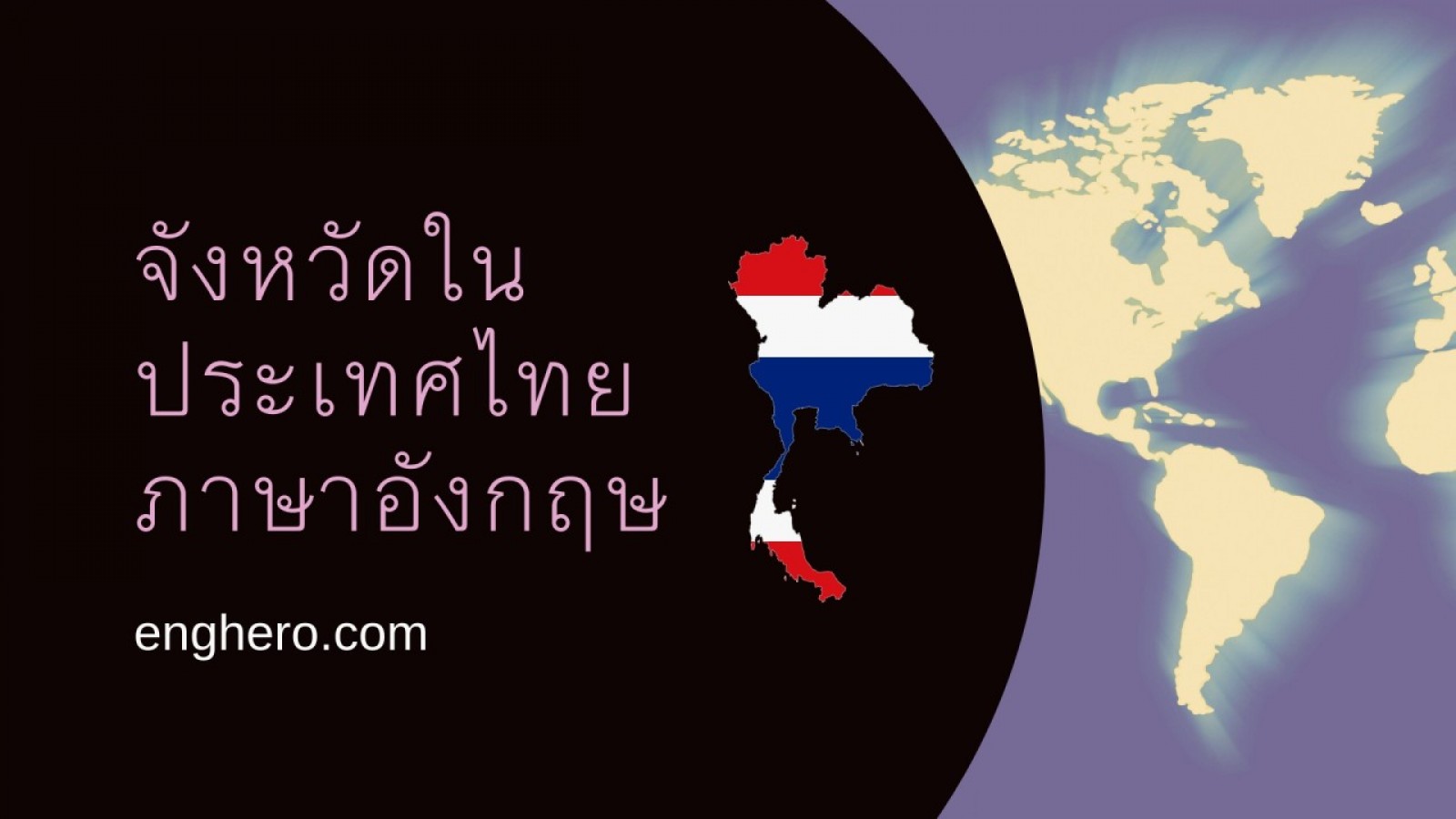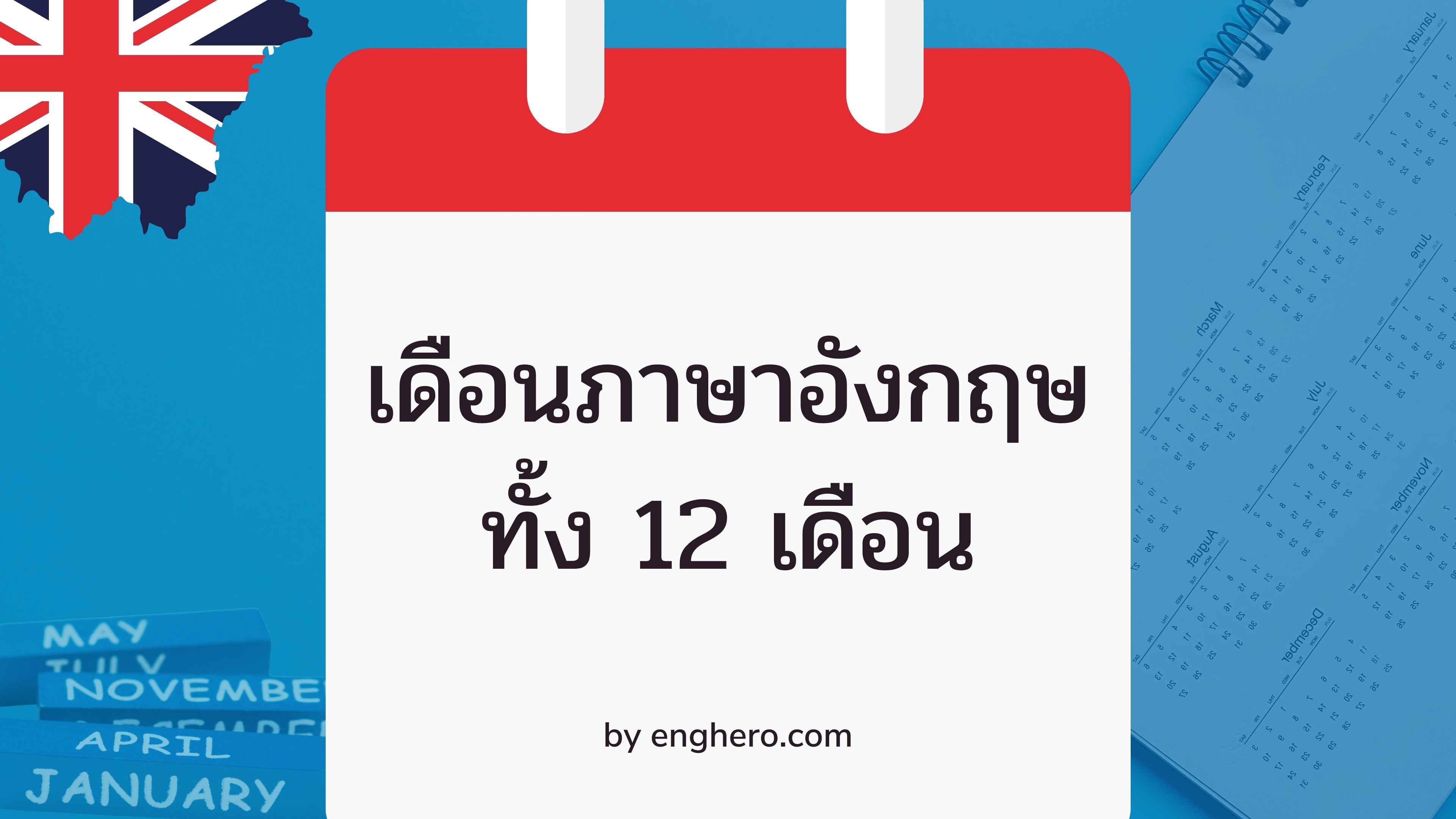Question Sentences ประโยคคำถาม
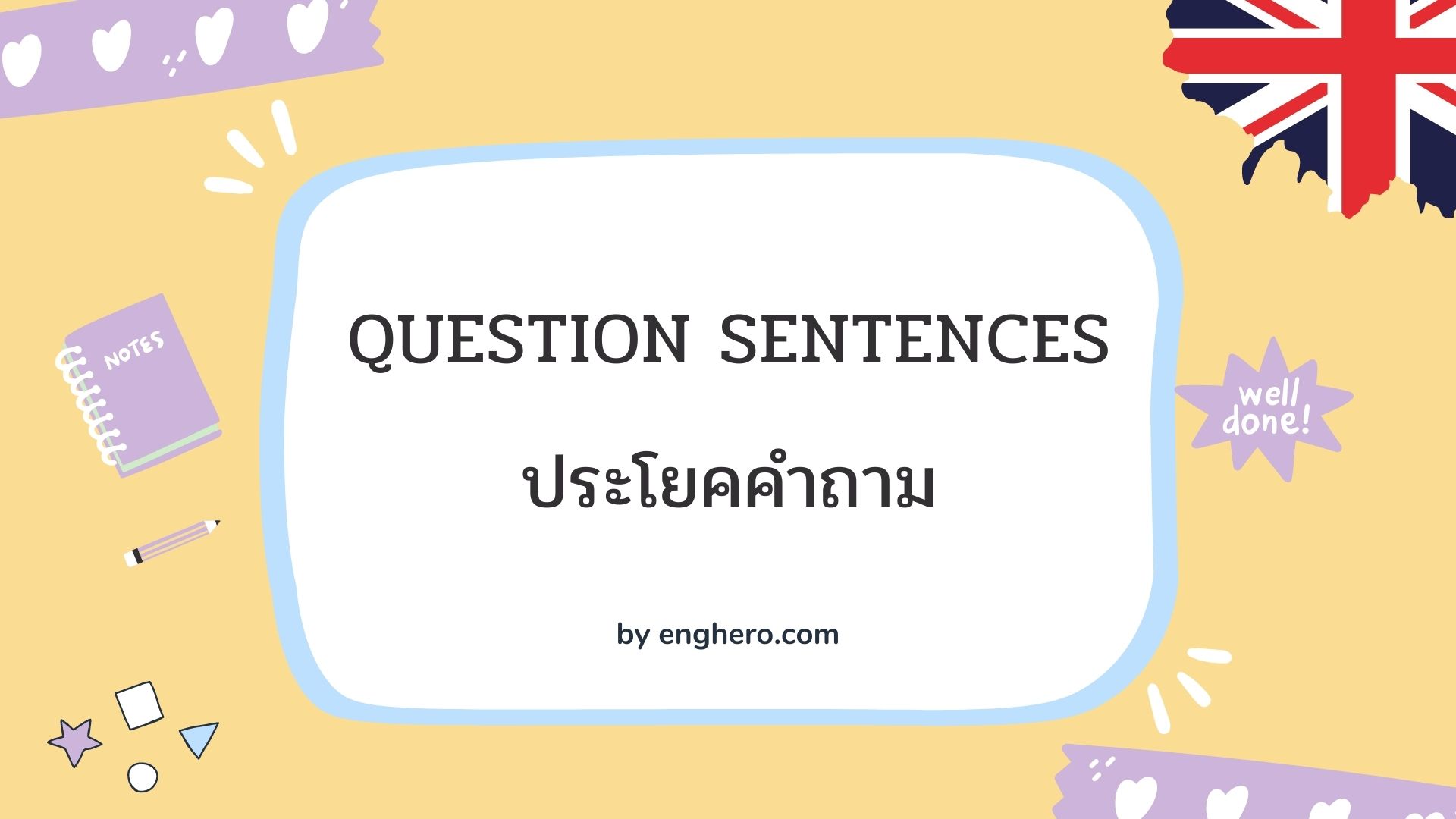
ประโยคคำถาม (Question Sentences หรือ Interrogative sentence)
หมายถึง ประโยคหรือกลุ่มคำที่ผู้พูดหรือผู้เขียนต้องการให้ผู้ฟังหรือผู้อ่านให้คำตอบ ซึ่งอาจจะเป็นคำตอบสั้น ๆ ว่า yes หรือ no หรือเป็นคำตอบที่เป็นคำเดียว เป็นกลุ่มคำ หรือเป็นประโยค
ประเภทของประโยคคำถาม
1. Yes/No questions
- Yes/No questions ได้แก่คำถามที่ผู้ตอบมักจะต้องตอบรับหรือตอบปฏิเสธ คือ ตอบ yes หรือ no คำถามประเภทนี้ สร้างขึ้นจากประโยคบอกเล่า ในประโยคที่ใช้ tense ต่าง ๆที่มีกริยาช่วย หรือในประโยค ที่มี BE เป็นกริยาแท้เป็น present simple tense หรือ past simple tense มักวางประธานและกริยา สลับที่กันกลายเป็นประโยคคำถาม Yes/No questions การตอบคำถามส่วนมากจะเริ่มด้วยคำตอบ yes หรือ no ตามข้อเท็จจริงที่ผู้ตอบต้องการสื่อและตามด้วยข้อมูลเพิ่มเติมซึ่งอาจจะเป็นข้อความสั้น ๆ ที่อยู่ในรูปของ declarative sentence
กริยาช่วย + ประธาน + กริยาแท้……..?
|
Declarative Sentence |
Question |
Answer |
|
That is our new English teacher. |
Is that our new English teacher? |
Yes./ Yes, that’s right./ Yes, it is. |
|
I am from Thailand. |
Are you from Thailand? |
Yes, I am. |
|
He is studying at my university. |
Is he studying at your university? |
Yes, he is. |
|
He has left for the airport. |
Has he left for the airport? |
Yes./ Yes, he has. |
ประโยคที่มีกริยาอื่น ๆ เช่น walk, play, leave, study, etc. เป็นกริยาแท้และอยู่ใน present simple tense ต้องใช้กริยาช่วย do หรือ does ในประโยคคำถาม ดังตัวอย่าง
|
Declarative Sentence |
Question |
Answer |
|
He walks to school. |
Does he walk to school? |
Yes./ Yes, he does. |
|
They play tennis. |
Do they play tennis? |
Yes, they do./ No, they don’t. |
|
I play badminton. |
Do you play badminton? |
Yes, I do./ No, I don’t. |
|
We like Italian food. |
Do you like Italian food? |
Yes, we do./ No, we don’t. |
ใช้กริยาช่วย did ในประโยคที่มีกริยาแท้อยู่ใน past simple tense เมื่อเปลี่ยนประโยคบอกเล่าเป็นประโยคคำถาม ดังตัวอย่าง
|
Declarative Sentence |
Question |
Answer |
|
Korn studied in Bangkok. |
Did Korn study in Chiang Rai? |
No, he didn’t. He studied in Bangkok. |
|
The boys studied in Bangkok. |
Did the boys study in Bangkok? |
Yes, they did./ No, they didn’t. |
ในประโยคที่มี do และ have เป็นกริยาแท้และอยู่ใน present simple tense ต้องใช้กริยาช่วย do หรือ does ในประโยคคำถาม และใช้กริยาช่วย did เมื่อ do หรือ have อยู่ใน past simple tense ดังตัวอย่าง
|
Declarative Sentence |
Question |
Answer |
|
He does his homework after school. |
Does he do his homework after school? |
Yes, he does./ No, he doesn’t. |
|
They always do the work by themselves. |
Do they always do the work by themselves? |
Yes, they do./ No, they don’t. |
|
I did that alone. |
Did you do that alone? |
Yes, I did./ No, I didn’t. |
|
We have Italian food once a week. |
Do you have Italian food once a week? |
Yes, we do./ No, we don’t. |
|
We had Chinese food yesterday. |
Did you have Chinese food yesterday? |
Yes, we did./ No, we didn’t. |
2. Wh-questions
- Wh-questions ได้แก่คำถามที่ผู้ตอบจะต้องให้ข้อมูลแก่ผู้ถามตาม Wh-word ที่วางไว้ต้นประโยคคำถาม เช่น
Q: Where did Korn study?
A: He studied in Bangkok.
Wh-words ซึ่งใช้นำหน้าประโยคคำถาม ได้แก่คำต่อไปนี้ who (ใคร = subject), whom (ใคร = object), what (อะไร = subject และ object), when (เมื่อไร), where (ที่ไหน),
how (อย่างไร), which (คน/อัน/สิ่งไหน), whose (ของใคร), why (ทำไม) การสร้างประโยคคำถามด้วย Wh-words
2.1 Who ใช้เมื่อถามถึงประธานของประโยคที่เป็นคน
การเรียงคำในประโยคคำถามเหมือนการเรียงคำในประโยคบอกเล่าดังนี้
Wh-word (= ประธานของประโยค) + กริยา (= present simple หรือ past simple)?
Wh-word (= ประธานของประโยค) + กริยา (= aux. verb + main verb เมื่อเป็น tense อื่น)?
นอกจาก who ที่ใช้ถามถึงประธานของประโยคแล้วยังใช้ what, which, whose, how many ได้ ซึ่งเรียงคำในประโยคแบบเดียวกับ who
2.2 Whom ใช้เมื่อถามถึงบุคคลที่เป็นกรรมของประโยค
หมายเหตุ ปัจจุบันนิยมใช้ who แทน whom โดยเฉพาะในภาษาพูดและภาษาไม่เป็นทางการ
การเรียงคำในประโยคคำถาม ประธานของประโยค จะต้องวางสลับกับ กริยาช่วย ดังนี้
- ในประโยคที่ใช้ tense ต่าง ๆ ที่มีกริยาช่วย วางประธานและกริยาช่วยสลับที่กัน ในประโยคที่มี BE เป็นกริยาแท้ อยู่ใน present simple tense หรือ past simple tense ต้องวางประธานและกริยา BE สลับที่กัน
- ในประโยคที่มีกริยาอื่น เช่น walk, buy, come, etc. เป็นกริยาแท้ อยู่ใน present simple ต้องใช้ does วางหน้าประธานที่เป็นบุรุษที่ 3 เอกพจน์ และใช้ do วางหน้าประธานที่เป็นบุรุษอื่น ๆ แล้วเปลี่ยนกริยาแท้ให้อยู่ในรูป V base form วางไว้หลังประธาน ถ้ากริยานั้นเป็น past simple ให้ใช้ did วางหน้าประธานได้ทุกบุรุษ แล้วเปลี่ยนกริยาแท้ให้อยู่ในรูป V base form วางไว้หลังประธาน
2.3 Whose ใช้เพื่อถามว่าใครเป็นเจ้าของของสิ่งของสิ่งหนึ่งหรือจำนวนหนึ่ง ใช้คังนี้
whose: Whose are these? หรือ
whose + noun: Whose car ran the fastest? ประโยคคำถามนี้ “Whose car”
เป็นประธานของประโยค รูปประโยคมีลักษณะดังนี้
whose + noun (= ประธานของประโยค) + กริยา (= present simple หรือ past simple)
Whose book are you reading? ประโยคคำถามนี้ Whose book เป็นกรรมของประโยค
รูปประโยคมีลักษณะดังนี้
whose + noun (=กรรม) + กริยาช่วย + ประธาน + กริยาแท้
2.4 Which ใช้เพื่อถามว่า คนไหน/อันไหน/สิ่งไหน ใช้ในลักษณะเดียวกับ whose คือมีนามตามมา หรือไม่มีคำนามตามมา และใช้เป็นประธานหรือกรรมของประโยคก็ได้ เช่น
Which car ran the fastest? (Which car = subject) การเรียงคำในประโยคมีลักษณะดังนี้
which + noun (= ประธานของประโยค) + กริยา (= present simple หรือ past simple)
Which book did you buy? (Which book = object) การเรียงคำในประโยคมีลักษณะดังนี้
which + noun (= กรรม) + กริยาช่วย + ประธาน + กริยาแท้
2.5 What มีความหมายว่าอะไร ส่วนมากใช้เพื่อถามถึงสิ่งของ มีคำนามตามมาหรือไม่มีคำนามตามมาก็ได้ และใช้เป็นประธานหรือกรรมของประโยคได้ เช่น
What made that noise? (What = subject)
What animals live on plants? (What animals = subject) การเรียงคำในทั้ง 2 ประโยค มีลักษณะดังนี้
what/ what + noun (= ประธานของประโยค) + กริยา(= present simple หรือ past simple)
What did he drink? (What = object)
What musical instrument does he play? (What musical instrument = object)
การเรียงคำในทั้ง 2 ประโยคมีลักษณะดังนี้
what/ what + noun (= กรรม) + กริยาช่วย + ประธาน + กริยาแท้
2.6 When มีความหมายว่าเมื่อไร ใช้ถามถึงเวลาซึ่งทำหน้าที่เป็นส่วนขยายของประโยค เช่น
When did he leave?
When will they arrive?
การเรียงคำในทั้ง 2 ประโยคมีลักษณะดังนี้
when + กริยาช่วย + ประธาน + กริยาแท้
2.7 Where มีความหมายว่าที่ไหน ใช้ถามถึงสถานที่ ซึ่งทำหน้าที่เป็นส่วนขยายของประโยค เช่น
Where are the boys?
Where were the boys?
ใน 2 ประโยคนี้มี BE เป็นกริยาแท้ อยู่ใน present simple tense และ past simple tense
ต้องวางประธานและกริยา BE สลับที่กันดังนี้
where + BE (= กริยาแท้) + ประธาน
Where did he study?
Where are they going?
ในประโยคที่กริยาแท้เป็นกริยาอื่น เช่น study, go walk, eat, etc. การเรียงคำในประโยค
ต้องมีลักษณะดังนี้
where + กริยาช่วย + ประธาน + กริยาแท้
2.8 Why มีความหมายว่าทำไม ใช้ถามถึงเหตุผล ซึ่งทำหน้าที่เป็นส่วนขยายของประโยค เช่น
Why did he leave early?
Why is he crying?
การเรียงคำในทั้ง 2 ประโยคมีลักษณะดังนี้
why + กริยาช่วย + ประธาน + กริยาแท้
2.9 How มีความหมายว่าอย่างไร ใช้ถามถึงลักษณะการกระทำว่าเป็นอย่างไร
-ทำหน้าที่เป็นส่วนขยายของประโยค
Ex: How are the boys?
How were the boys?
ใน 2 ประโยคนี้มี BE เป็นกริยาแท้ อยู่ใน present simple tense และ past simple tense ต้องวางประธานและกริยา BE สลับที่กันดังนี้
how + BE (= กริยาแท้) + ประธาน
Ex: How did he go to school?
How are they going to the station?
ในประโยคที่กริยาแท้เป็นกริยาอื่น เช่น study, go, walk, eat, etc.
การเรียงคำในประโยค ต้องมีลักษณะดังนี้
how + กริยาช่วย + ประธาน + กริยาแท้
how ใช้กับคำคุณศัพท์หรือคำกริยาวิเศษณ์ได้ เช่น
How old is the boy?
How often did he go to the cinema?
How many people came to the party?
How much water must we drink?
สำหรับ how many + N และ how much + N ใช้เป็นประธานได้และเรียงคำในประโยคเหมือน who หรือใช้เป็นกรรมของประโยคและเรียงคำในประโยคเหมือน whom
ตัวอย่างการตั้งคำถามและการตอบคำถามให้สอดคล้องกับคำถาม
|
QUESTION |
ANSWER |
|||
|
Wh-word as subject |
Aux. verb |
Main verb |
Others (Adv. / Prep phr.) |
|
|
Who |
|
came |
yesterday? |
Lily. |
|
Who |
|
is |
in the room? |
Peter. |
|
Who |
has |
got |
John’s address? |
The secretary. |
|
Which boy |
|
won |
the game? |
Henry from Class A. |
|
Whose student |
is going to |
enter |
the competition? |
Mr. Brown’s. |
|
What |
|
made |
him cry? |
The loud noise. |
การเรียงคำในประโยคคำถามข้างต้นเหมือนในประโยคบอกเล่า
|
QUESTION |
ANSWER |
|||||
|
WH-word |
Aux. verb |
Subject |
Aux. verb |
Main verb |
Others (Adv./Prep phr.) |
|
|
Whom |
did |
you |
|
ask? |
|
His father. |
|
What |
is |
he |
|
doing? |
|
He’s studying for the exam. |
|
Why |
did |
she |
|
leave |
early? |
She wasn’t feeling well. |
|
When |
will |
he |
|
move |
to Bangkok ? |
Soon./ Next month. |
|
Where |
does |
he |
|
live? |
|
He lives on Wireless Road. |
|
How |
did |
you |
|
open |
that can? |
I used this opener. |
|
How long |
has |
he |
been |
working |
there? |
For 4 years. |
การเรียงคำในประโยคคำถามข้างต้น ประธานของประโยค จะต้องวางสลับกับกริยาช่วย
การตอบคำถามผู้ตอบจะต้องให้ข้อมูลแก่ผู้ถามตาม Wh-word ที่วางไว้ต้นประโยคคำถาม
3. Tag Questions
- Tag Questions ได้แก่คำถามที่ส่วนหน้าเป็นรูปประโยคบอกเล่าหรือรูปประโยคปฏิเสธ และต่อท้ายหรือต่อส่วนสร้อยด้วยข้อความสั้น ๆ มีรูปเป็นคำถามคือ วางประธานและกริยาสลับที่กัน Tag question มีโครงสร้างดังนี้
ประโยคบอกเล่า, ส่วนสร้อยกริยาอยู่ในรูปปฏิเสธ
ผู้ถามคาดหวังคำตอบ yes
Peter has already gone home, hasn’t he?
ประโยคปฏิเสธ, ส่วนสร้อยกริยาอยู่ในรูปบอกเล่า
ผู้ถามคาดหวังคำตอบ no
Peter hasn’t gone home yet, has he?
ส่วนที่เป็นคำถามต่อท้ายของ tag question จะประกอบด้วยกริยาช่วยและประธานที่เป็นคำสรรพนาม กริยาช่วยจะเป็นกริยาช่วยตัวเดียวกับที่อยู่ในส่วนหน้า แต่เป็นรูปที่ต่างกัน คือ ถ้าส่วนหน้าเป็นรูปประโยคบอกเล่า กริยาช่วยส่วนท้ายจะเป็นรูปปฏิเสธย่อ ถ้าส่วนหน้าเป็นรูปประโยคปฏิเสธ กริยาช่วยส่วนต่อท้ายจะเป็นบอกเล่า เช่น
John can come, can’t he?
John can’t come, can he?
Your sister has arrived, hasn’t she?
Your sister hasn’t arrived, has she?
Henry is working in the garden, isn’t he?
Henry isn’t working in the garden, is he?
ถ้าประโยคบอกเล่าส่วนหน้ามีกริยาแท้ที่เป็น present tense ส่วนสร้อยจะต้องใช้ don’t หรือ doesn’t แทนกริยาเดิม ถ้ากริยาแท้เป็น past tense ส่วนสร้อยจะต้องใช้ didn’t เช่น
You like Chinese food, don’t you?
He always comes to class late, doesn’t he?
Jim came home late, didn’t he?
ถ้าประโยคบอกเล่าส่วนหน้ามีกริยา BE หรือ have เป็นกริยาแท้ ส่วนสร้อยจะใช้กริยา BE หรือ have รูปปฏิเสธ เช่น
He was late, wasn’t he?
She has two children, hasn’t she?
แต่ I am late, aren’t I? (รูปปฏิเสธของ am ให้ใช้ aren’t)
การทำประโยคคำสั่งเป็น tag question ให้เติม ‘will you?’/ ‘won’t you?’/ ‘can’t you?’ ต่อท้ายซึ่งใช้เมื่อพูดขอร้องโดยอาจจะแสดงถึงความรำคาญ หรือในการเชื้อเชิญอย่างเป็นกันเอง และสำหรับพูดขอร้องธรรมดา อาจจะใช้ could you?/ can you?/ would you? ต่อท้ายประโยคคำสั่ง เช่น
Stop talking, will you?
Sit down, will you?
Stop making that noise, can you?
Come a little bit early, can you?
ที่มา: http://www.stou.ac.th/schools/sla/b.a.english

พูดคุย
ร่วมให้กำลังใจหรือติชม

